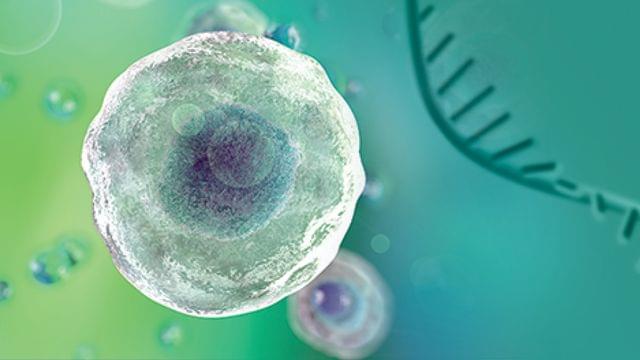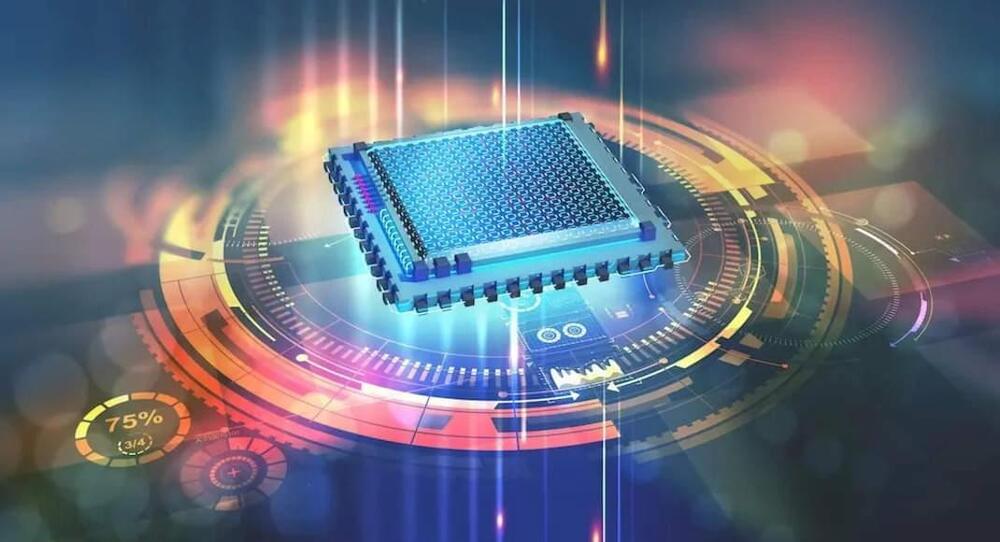The event, which was held at a luxury resort in the Swiss Alps last week, drew some of the world’s richest people along with some of its most controversial scientists.
Harvard Medical School genetics professor George Church, SENS Research Foundation chief of science offices Aubrey de Grey, Buck Institute for Research on Aging president and CEO Eric Verdin, Institute for Ageing Research at Albert Einstein College of Medicine director Nir Barzilai, Forever Healthy Foundation founder Michael Greve, Human Longevity Inc. associate professor, internal medicine Evelyne Yehudit Bischof, founder and CEO of Insilico Medicine Alex Zhavoronkov, creator of First Longevity and Longevity. Technology editor-in-chief Phil Newman, and Wei-Wu He, executive chairman of Human Longevity Inc., CEO and chairman of Casi Pharmaceuticals Inc., and founder and chairman of Genetron Health.
According to MIT Technology Review, Mega-Rich investors met with scientists and biotech founders in a swanky resort town of Gstaad, Switzerland, to advance the “longevity science,” which is a new field that could extend human life spans. The conference included some of the richest investors and entrepreneurs on earth.








